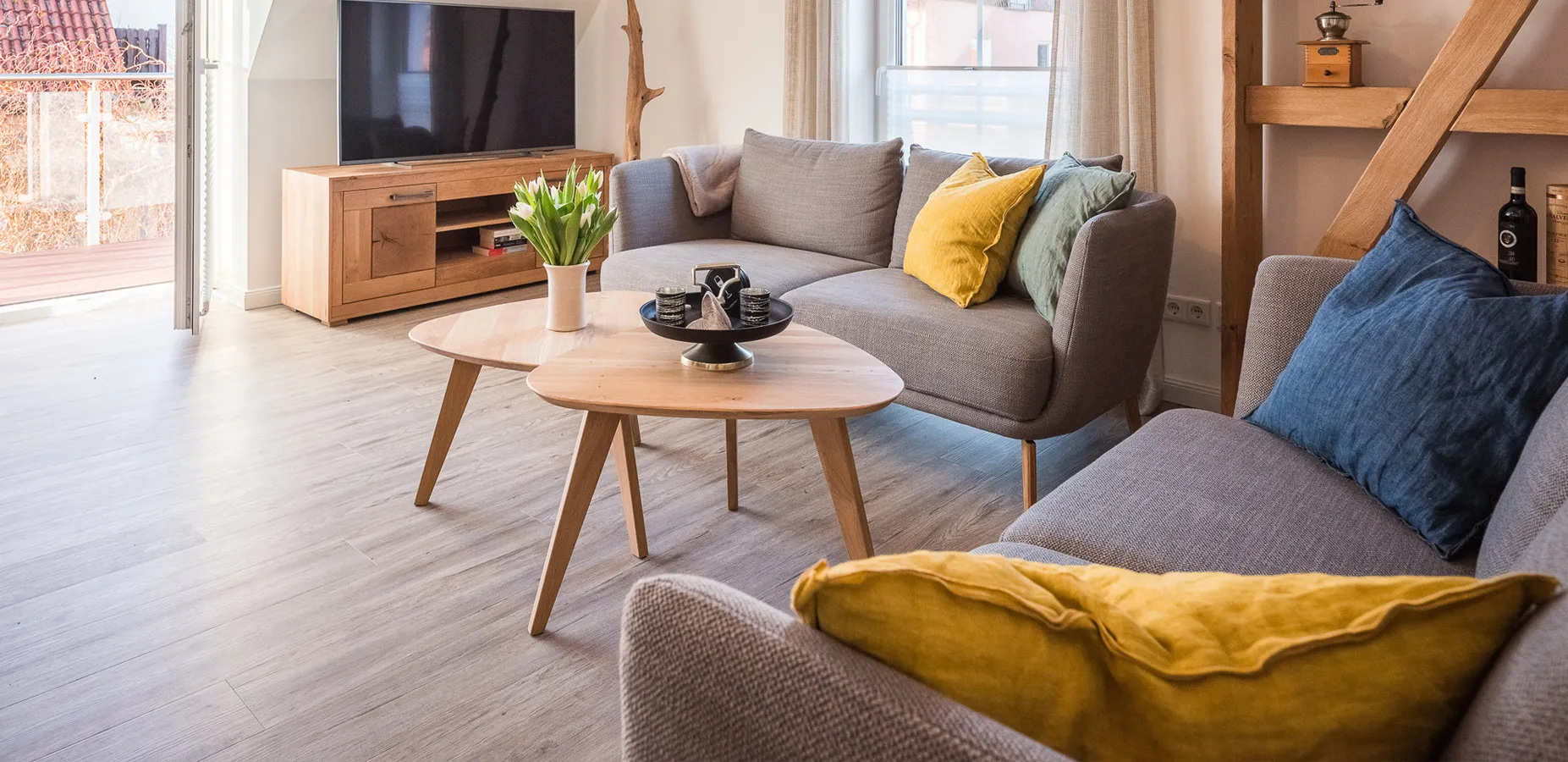Effective Strategies for Using Skirting Boards to Conceal Plumbing Pipes in Your Home
Using Skirting Boards to Hide Pipes A Stylish and Practical Solution
In modern interior design, balancing aesthetics and functionality is crucial. One of the challenges many homeowners face is unsightly pipes that disrupt the flow of a room’s decor. Whether it's plumbing for heating, water supply, or drainage, exposed pipes can detract from the overall beauty of a space. A stylish and practical solution to this problem is to use skirting boards to effectively hide these pipes.
Understanding Skirting Boards
Skirting boards, also known as baseboards, are strips of material that run along the base of walls where they meet the floor. Traditionally, they serve to cover the joint between the wall and the floor, protecting the wall from damage and providing a decorative touch. However, they can also play a pivotal role in concealing pipes that might otherwise be visible, creating a streamlined and polished look in your home.
Design Considerations
When integrating skirting boards to hide pipes, design is paramount. Choose a skirting board that complements the overall decor of your room. There are numerous materials available, including wood, PVC, and MDF, allowing you to match the skirting board’s finish with your flooring or wall color. The height and style of the board should also be considered; wider, more decorative skirting can enhance an ornate room, while sleek, minimalist designs work well in modern spaces.
Installation Tips
Installing skirting boards to conceal pipes requires some planning and execution. Before beginning, identify the pipes that need to be hidden and ensure they are secure and in good condition. The installation process generally includes measuring the length required for the skirting boards, cutting them to size, and attaching them to the wall.
skirting board to hide pipes

To effectively conceal pipes, you may need to create a hollow space within the skirting board itself. This can be achieved by using a larger skirting board that has a cavity, or by attaching additional panels to the baseboard that create a channel for the pipes. Always ensure there is enough space for any necessary maintenance in the future.
Additional Benefits
Using skirting boards to hide pipes provides more than just aesthetic benefits. It can also contribute to energy efficiency. By creating a complete seal at the bottom of the wall, you may reduce drafts, especially if the pipes are part of a heating system. This can help maintain a more consistent temperature throughout your home, potentially lowering energy costs.
Moreover, this solution can prevent dust and debris from accumulating around pipes, thereby improving overall cleanliness. The skirting boards also create a more finished look, enhancing the perceived value of your home.
Final Touches
Finally, consider adding decorative elements such as paint, wallpaper, or molding to further enhance your skirting boards. Painting them the same color as the wall can create a seamless look, while contrasting colors can add an element of interest.
In conclusion, using skirting boards to hide pipes is a clever and effective solution for homeowners looking to maintain a polished appearance in their interior spaces. With thoughtful design and careful installation, skirting boards can elevate the aesthetic appeal of a room while simultaneously serving a practical purpose. Whether you are redecorating or renovating, consider this stylish approach to achieving a clean, unobtrusive look for your home.
-
Heterogeneous Sheet Vinyl: The Ultimate Commercial Flooring SolutionJul.15,2025
-
Dry Back LVT Flooring: A Durable and Stylish Flooring SolutionJul.15,2025
-
Click LVT Flooring: A Stylish and Convenient Flooring SolutionJul.15,2025
-
SPC FlooringJun.24,2025
-
Bathroom Wall CoveringsJun.24,2025
-
Why Dry Back LVT Flooring Is the Smart Choice for Modern InteriorsJun.05,2025




